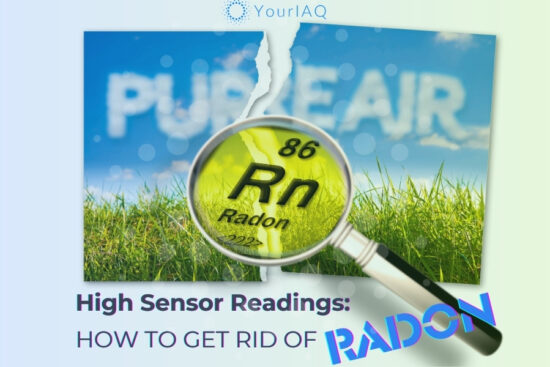
The Temptation of DIY
In an age where DIY projects are the rage and resources are plenty, many hobbyists are diving into creating their own IoT air quality monitors. While the ambition is commendable, the journey is fraught with challenges. This guide sheds light on the pitfalls of DIY indoor air quality monitors.
1. Technical Expertise: Not Just Plug and Play
Building an air quality monitor isn’t as simple as assembling a jigsaw puzzle. It demands specialized skills you can’t learn overnight. At a minimum, you’ll need a basic understanding of electronics and circuitry boards, and you should know how to use a soldering iron. Handling the programming and back-end data requires the ability to code. Without this specialized knowledge, your project won’t get off the ground or, worse, function improperly.
2. Hidden Costs: More Than Just a Price Tag
While DIY projects often aim to save money, the costs can add up. An air quality monitor likely needs multiple sensors, and getting the proper combination requires some trial and error. The costs of purchasing motherboards and sensors can add up. And of course, you’ll need the proper equipment and tools just to begin. All these expenses can quickly surpass those of an off-the-shelf commercial product.
3. Sensor Compatibility: A Software Nightmare
Finding the right sensor is just the beginning. You’ll likely need to write custom software code and understand microcontrollers to ensure components communicate effectively. Unfortunately, many individual products have proprietary restrictions that limit their compatibility and usage with other products. Some of these limitations won’t be labeled on the packaging, especially if you’re buying components from foreign markets with different product packaging regulations.
4. Accuracy: You Get What You Pay For
Opting for cheaper sensors might seem like a good idea at first, but the less expensive the product, the greater the likelihood of performance issues. Inaccurate readings can waste a lot of your time and, at worst, lead to misguided decisions about your indoor air quality.
5. Discoverability: Marketing vs. Quality
The best sensors aren’t always the most advertised. Many hobbyists fall into the trap of choosing sensors that are the easiest to find. This means purchasing from companies that invest the most marketing dollars, rather than those with the best performance.
6. Interoperability: The Puzzle of Protocols
Different components use different communication protocols. Making them work seamlessly together can be a daunting task, even for the tech-savvy.
7. Safety First: The Risks of DIY
Dealing with high voltage components and using tools like soldering irons come with inherent risks. Safety should never be compromised in the pursuit of a DIY project.
8. Reliability: All Components Aren’t Created Equal
Just because two components look similar doesn’t mean they’ll perform the same. The reliability of components can vary, leading to inconsistent performance.
9. Timing and Logistics: The Waiting Game
A good air quality monitor requires a wide range of components and sensors. To get the best quality products, you may need to source components from many places, including overseas. This puts your project at the mercy of global supply chains, which often means waiting long periods of time for parts.
DIY Air Quality Monitor FAQs
Can I really save money with a DIY air quality monitor?
While initial costs might seem low, hidden expenses can add up, making commercial options more economical in the long run.
Are all sensors equally accurate?
No. Sensor quality varies, and cheaper ones might provide inaccurate readings.
Is it safe to build my own monitor?
DIY projects come with risks, especially when dealing with high voltage components. Soldering a circuit board also carries risks. Always prioritize safety.
How long will it take to build my air quality monitor?
Depending on component availability and your expertise, it can range from a few days to several months.
Conclusion: Tread Carefully in the DIY World
While building your own air quality monitor can be a rewarding experience, it’s essential to be aware of the pitfalls. Ensure you’re equipped with the right knowledge, tools, and resources before diving in. If you’re looking for an easy way to monitor your indoor air quality, consider an off-the-shelf product like IAQ by Sensables.






